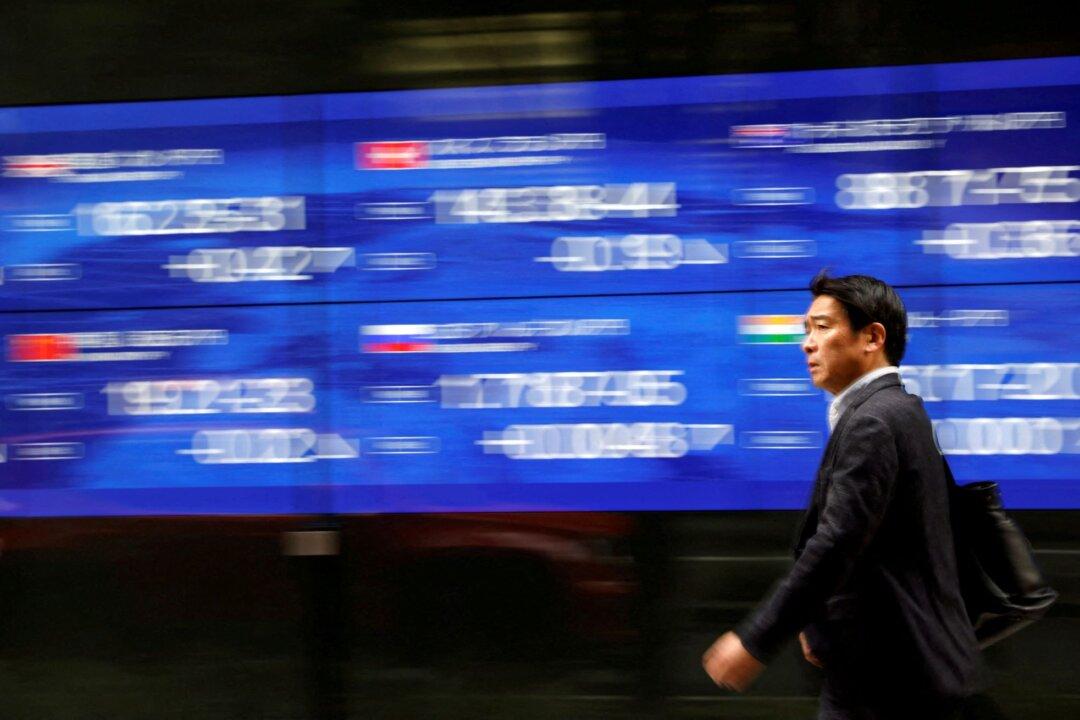SYDNEY—Asian stocks stumbled on Monday after China delivered a smaller cut to lending rates than markets had counted on, continuing Beijing’s run of disappointingly frugal stimulus steps.
China’s central bank trimmed its one-year lending rate by 10 basis points and left its five-year rate unmoved, a surprise to analysts who had expected cuts of 15 basis points to both.





